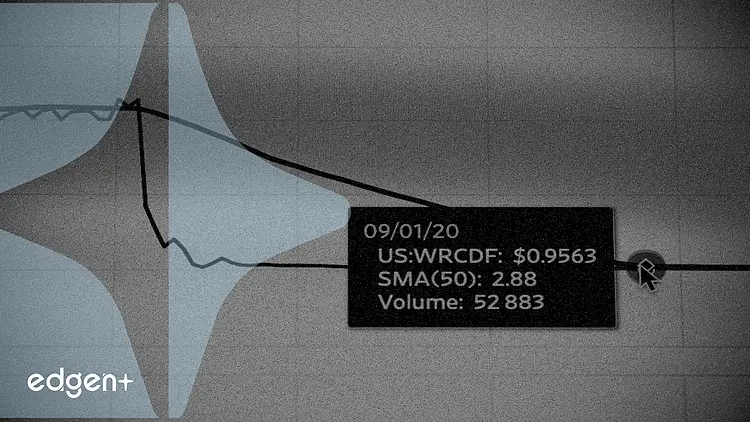來源:[1] 市場觀察:美聯儲利率決定前,計劃裁員增加成為焦點 (https://www.marketwatch.com/livecoverage/stoc ...)[2] UPS強勁盈利並裁員34,000人震驚華爾街 - TT - 交通話題 (https://vertexaisearch.cloud.google.com/groun ...)[3] 亞馬遜公司 (AMZN) 股票預測與分析師目標價格 - 股票分析 (https://vertexaisearch.cloud.google.com/groun ...)
